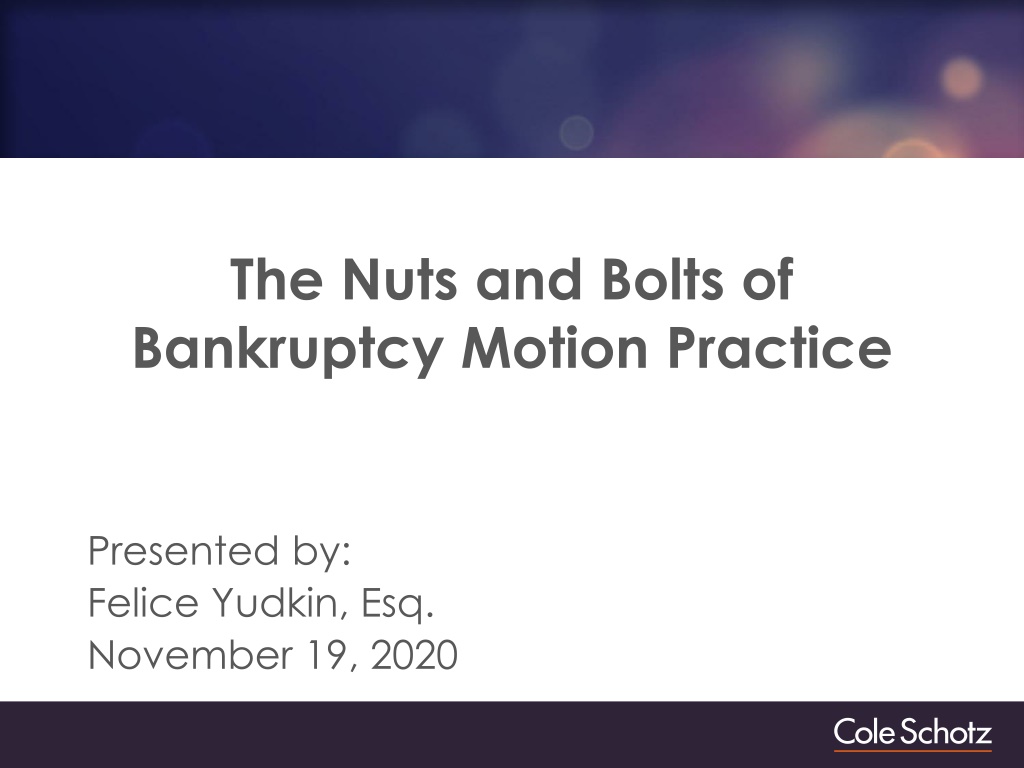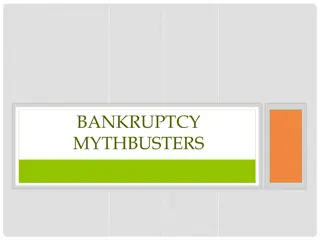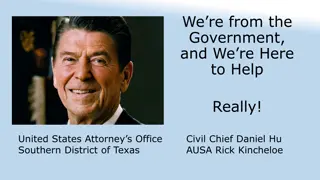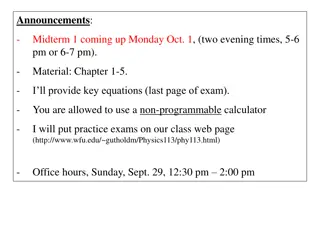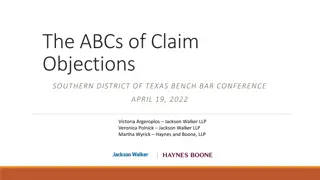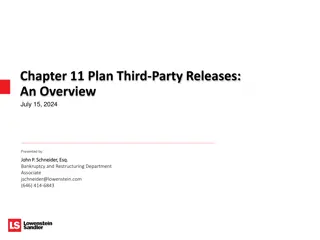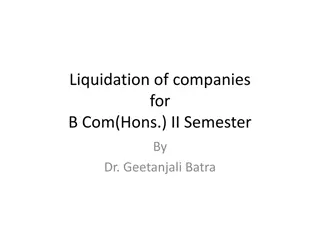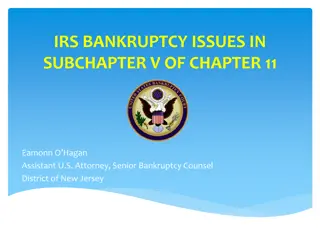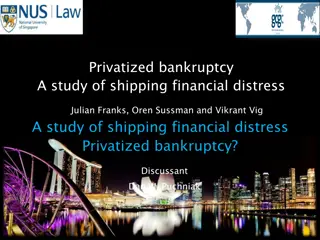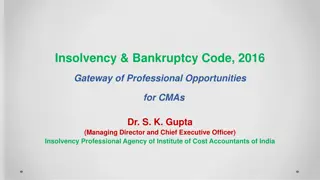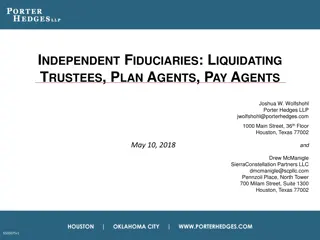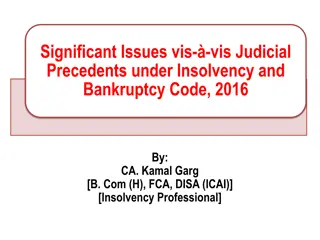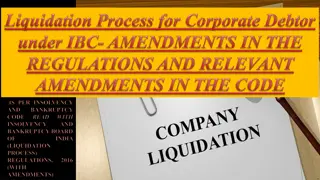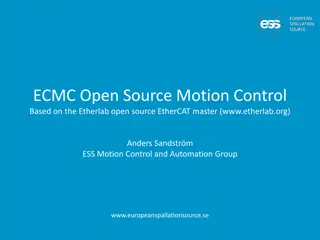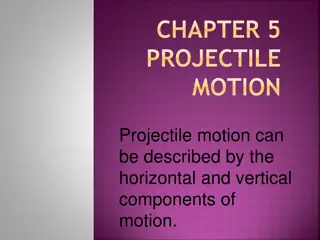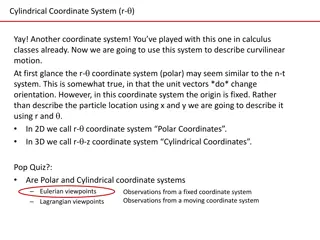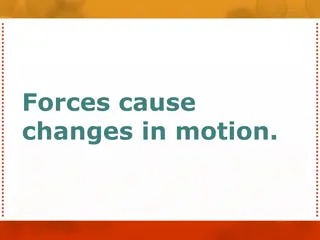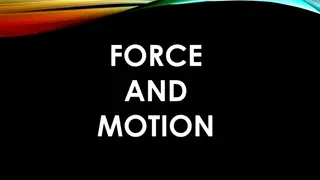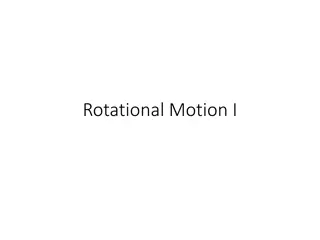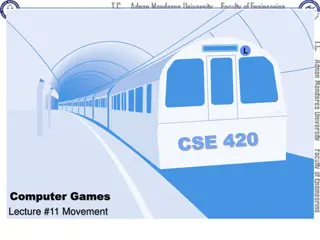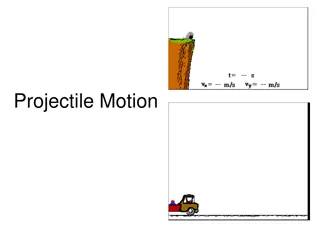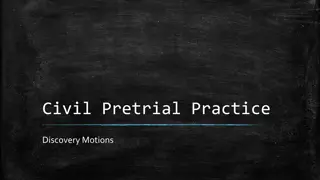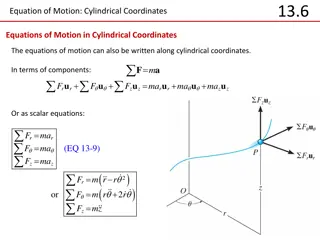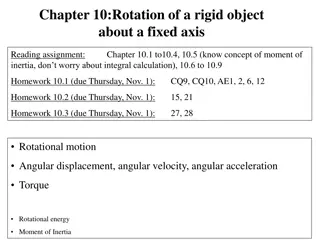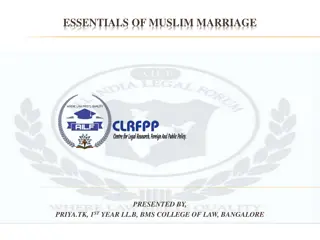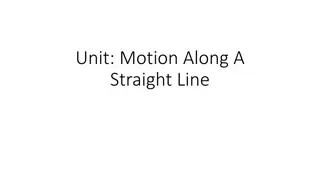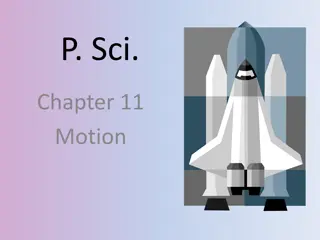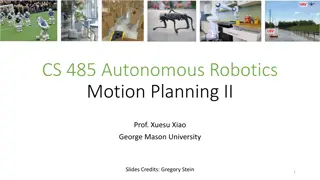Bankruptcy Motion Practice Essentials
Dive into the key aspects of bankruptcy motion practice, from contested matters to adversary proceedings. Learn about the rules and guidelines, required documents for motions, and best practices for drafting motions in bankruptcy cases.
Download Presentation

Please find below an Image/Link to download the presentation.
The content on the website is provided AS IS for your information and personal use only. It may not be sold, licensed, or shared on other websites without obtaining consent from the author. Download presentation by click this link. If you encounter any issues during the download, it is possible that the publisher has removed the file from their server.
E N D
Presentation Transcript
The Nuts and Bolts of Bankruptcy Motion Practice Presented by: Felice Yudkin, Esq. November 19, 2020
Applicable Rules and Guidelines Federal Rules of Bankruptcy Procedure Federal Rules of Civil Procedure Local Rules of the United States Bankruptcy Court for the District of New Jersey Individual Judge s rules General Orders EC/CMF Procedures Privacy Guidelines 2
Contested Matter v. Adversary Proceedings A contested matter involves a contested request for relief in the context of the main bankruptcy proceeding (pursuant to Rule 9014 of the Federal Rules of Bankruptcy Procedure). An adversary proceeding involves the filing of a complaint, commencing a separate proceeding governed by the 7000 series of the Bankruptcy Rules. 3
Contested Matters A contested matter refers to disputes that are initiated and resolved by motion or application filed in the main bankruptcy case Bankruptcy Rule 9014 governs procedure in contested matters Procedure is less formal; so for example, some civil rules of procedure are incorporated, but others are not. Many disputes in a bankruptcy case may be initiated and decided by motion practice using a quasi-adversarial system, but less formal than filing an adversary proceeding Discretion for Court to order that additional Part VII Bankruptcy Rules may apply 4
Adversary Proceedings Bankruptcy name for a lawsuit filed in the bankruptcy case is called an adversary proceeding. Begins with filing of a complaint Motions filed in adversary proceedings are the same types of motions as those filed in the District Court. 5
Form of Motion Required Documents A notice of motion stating the date, time and place of the hearing A certification containing the facts supporting the relief requested Memorandum of Law (if necessary) A proposed form of order Certificate of service 6
Form of Motion (continued) Motions are typically governed by Federal Rule of Bankruptcy Procedure 9013 and 9014. These rules require pleadings state with particularity the relief requested and the grounds for the relief Best practices for motions: Include pertinent facts Legal Arguments/Basis for relief requested 7
Filing and Service of Motions Unless otherwise indicated in the Federal Rules of Bankruptcy Procedure, a motion must be filed and served not later than 21 days before the hearing date Motions are filed via the Court s CM/ECF system Objections to motions or cross-motions must be filed and served no later than 7 days before the hearing date Cross-motions must relate to the original motion Any reply or opposition to a cross-motion must be filed and served not later than 4 days before the hearing date Federal Rule of Bankruptcy Procedure 2002 generally governs who must be served with the motion. 8
Hearing Dates and Requests for Expedited Relief The movant must schedule the hearing date for the motion. Hearing dates are available on the Bankruptcy Court s website In emergent situations, the motion may request a hearing on shortened notice To do so, the movant must file an Application for Order Shortening Time and proposed Order Shortening Time 9
Hearings Duty to Confer The Local Rules require the parties to confer before a hearing on a contested motion to determine if the issue can be resolved Oral Argument All motions are decided on the papers unless opposition is filed Oral Testimony A party may not, without court authorization, present oral testimony at a hearing on a motion except for a motion under Sections 363 or 364 of the Bankruptcy Code 10
Proposed Form of Order Proposed form of Order must be a separate document Proposed form of Orders should follow the local form The title of the Order should reflect the relief sought If the court instructs a party to submit a new order to reflect a ruling, the new order should be submitted by email to the judge s chambers. Typically, there is a 7 day-objection period unless all parties consent. 11
Proposed Form of Order (continued) Best practices Orders should be succinct Orders should not contain unnecessary findings Avoid language such as The Motion is granted. 12
